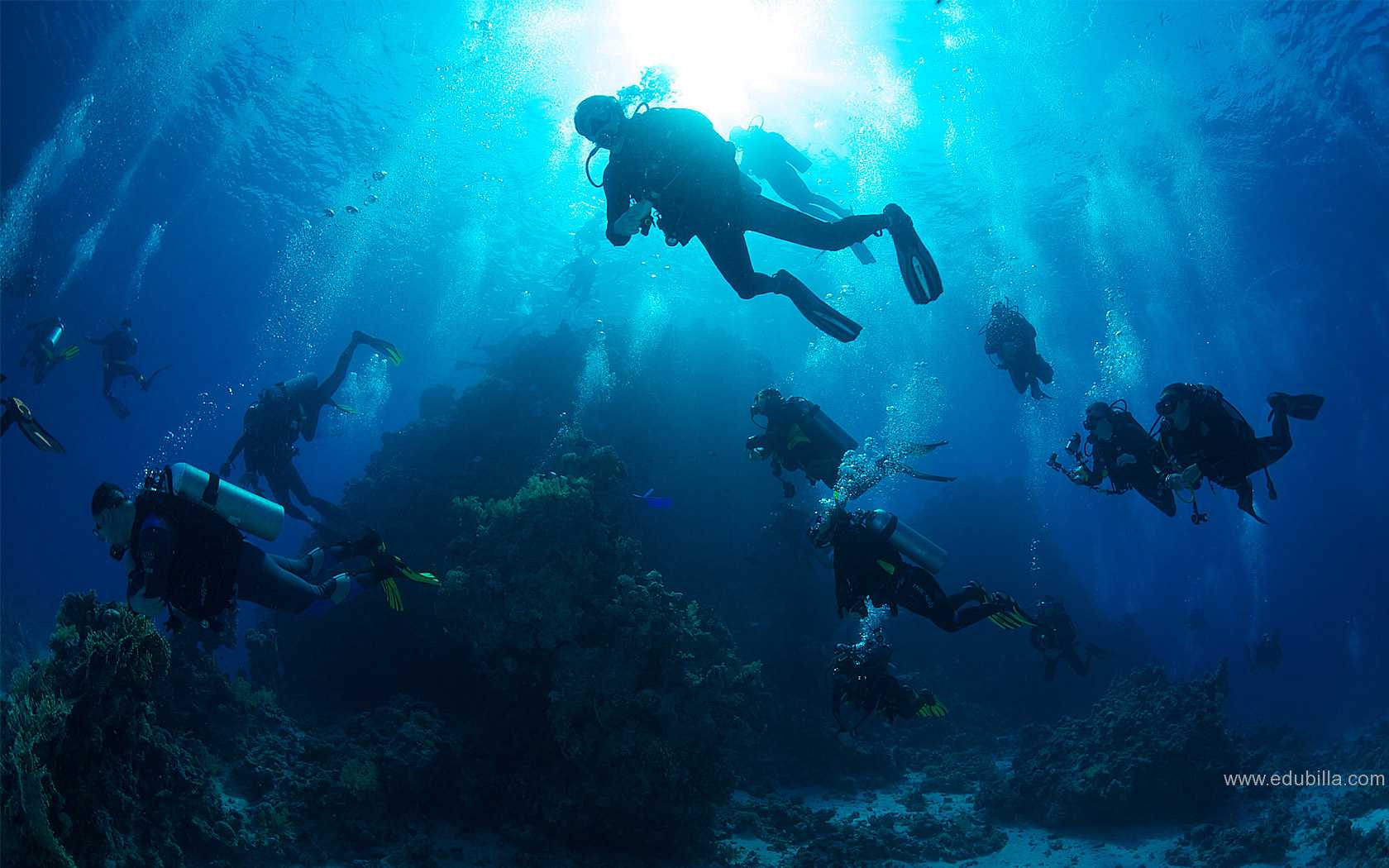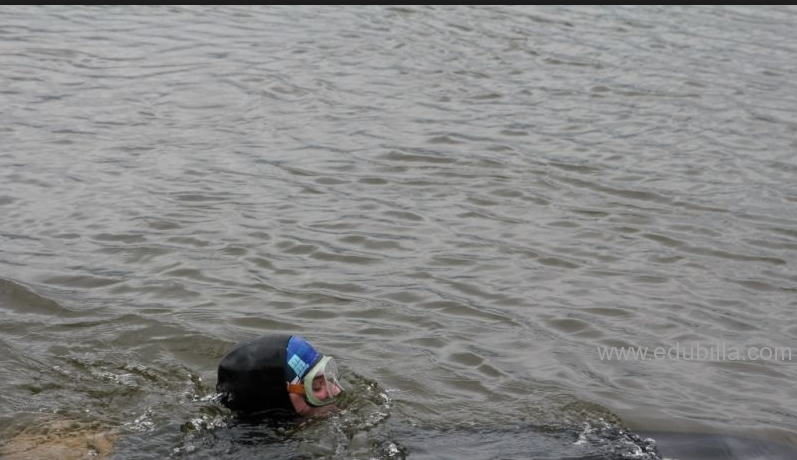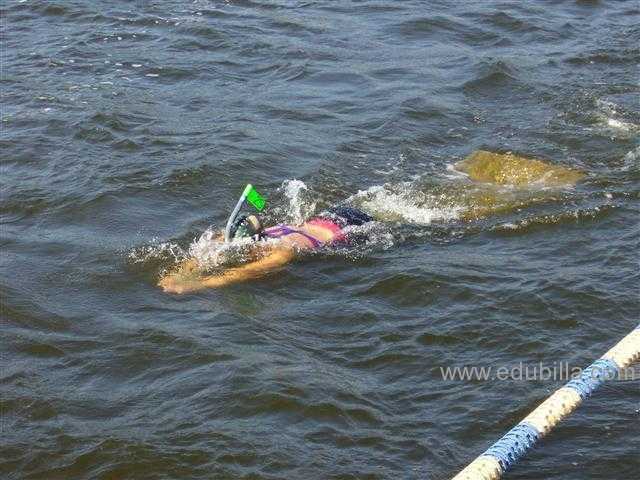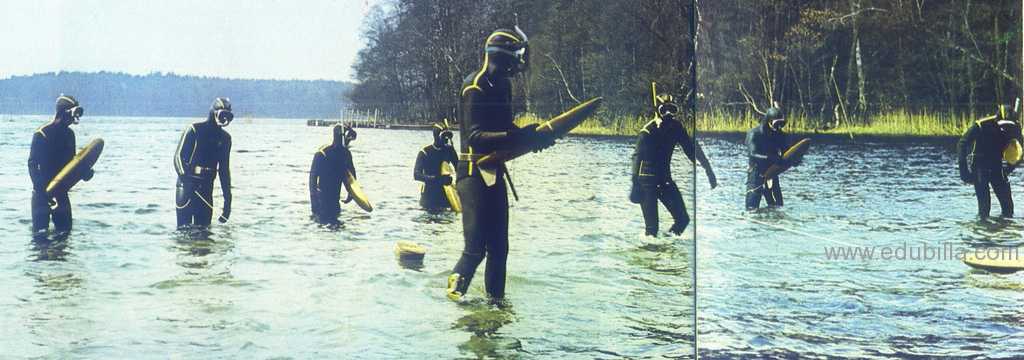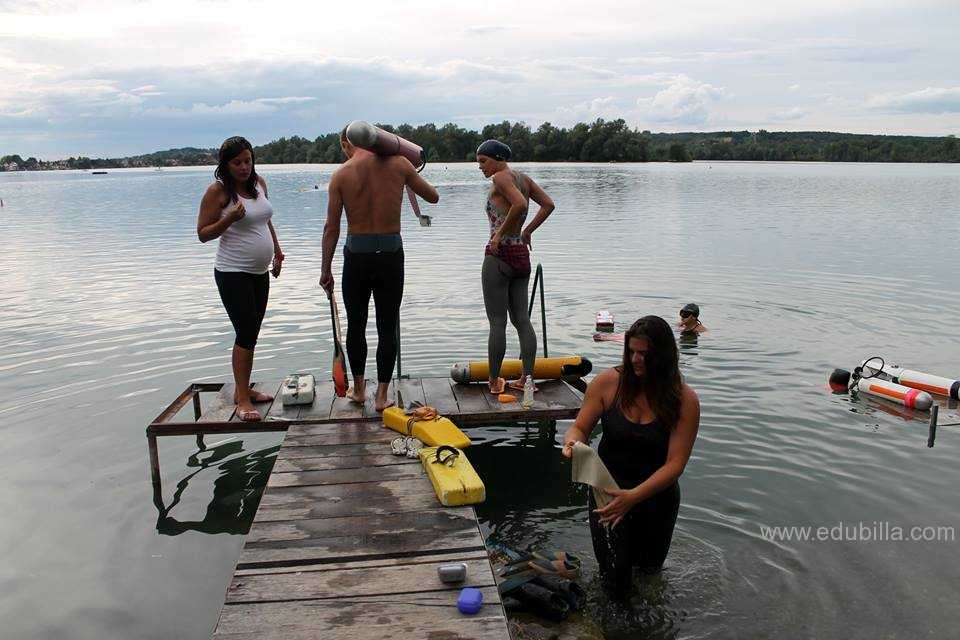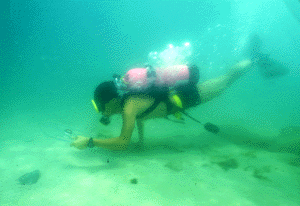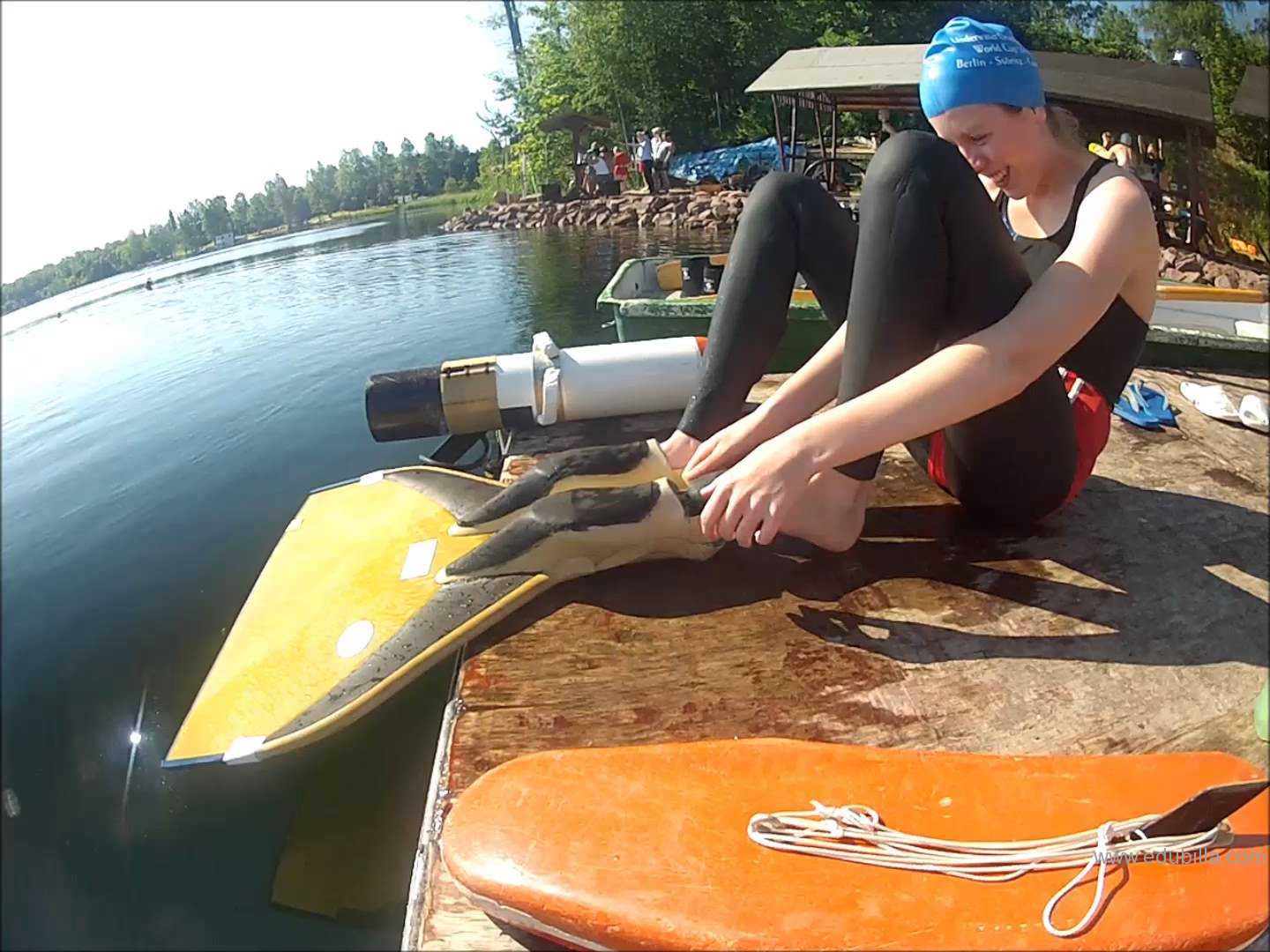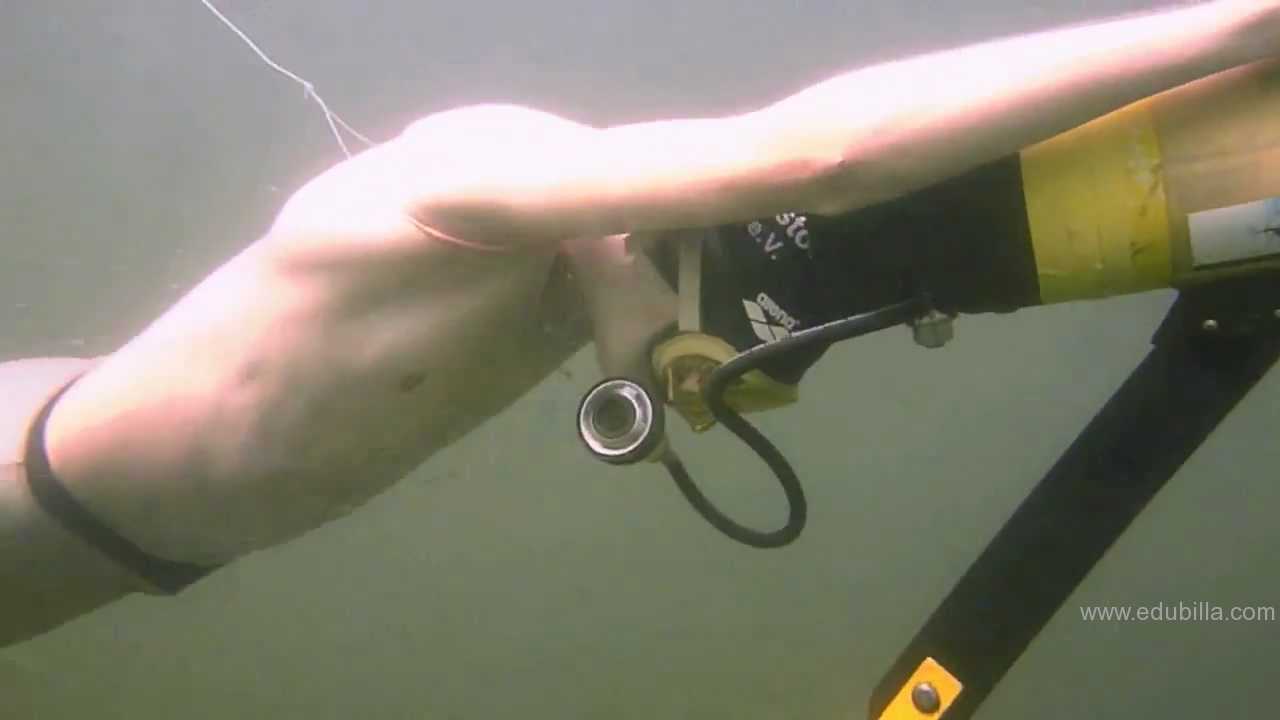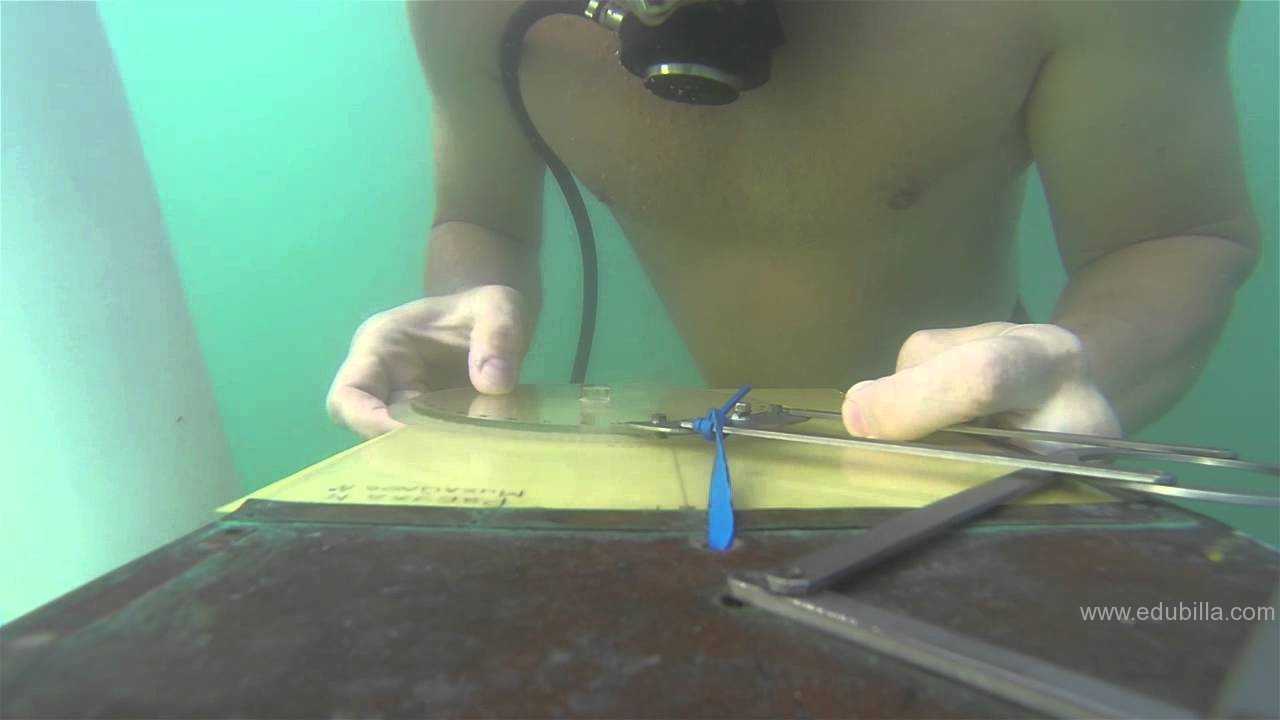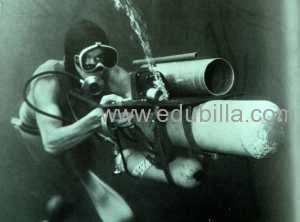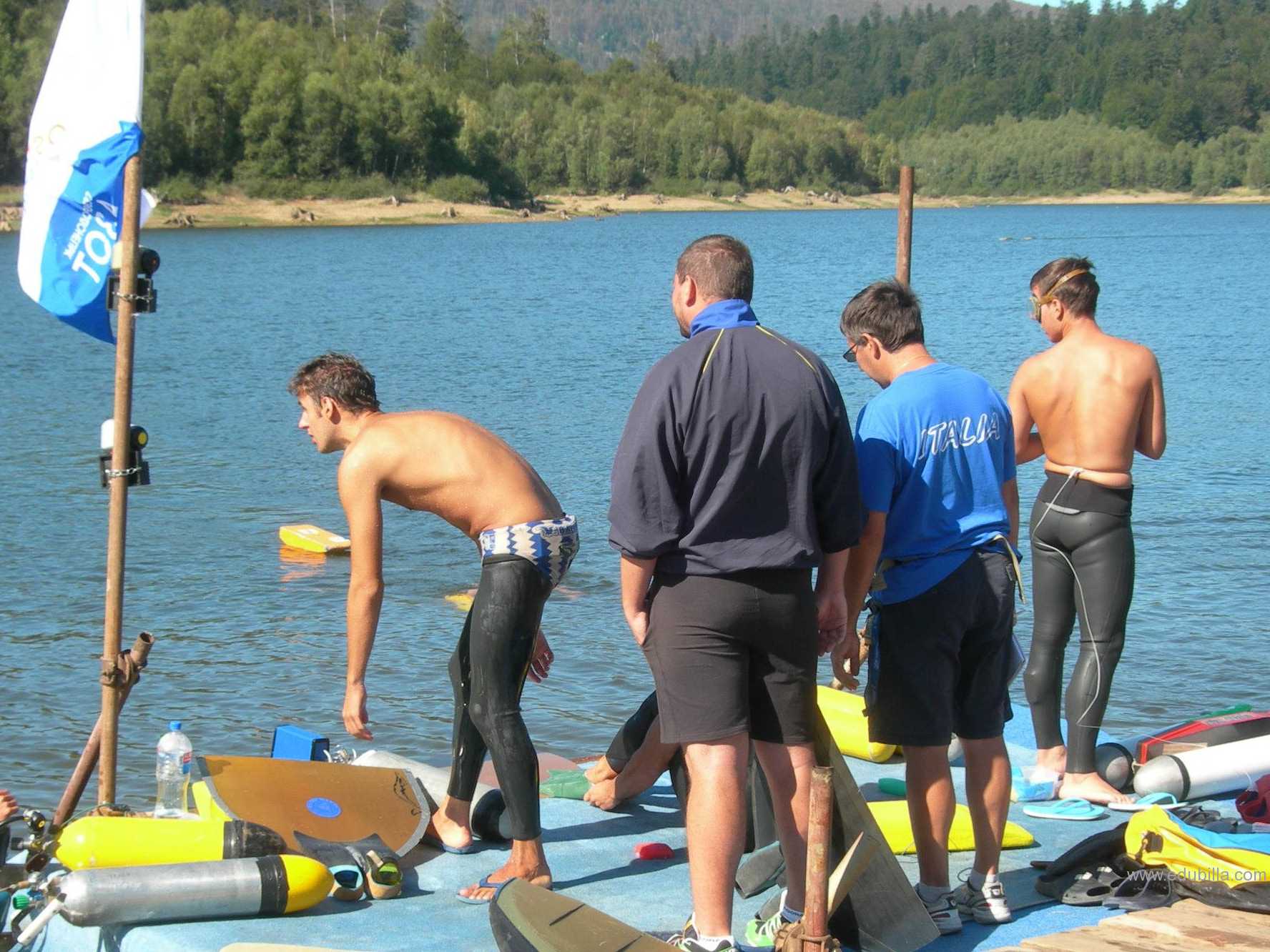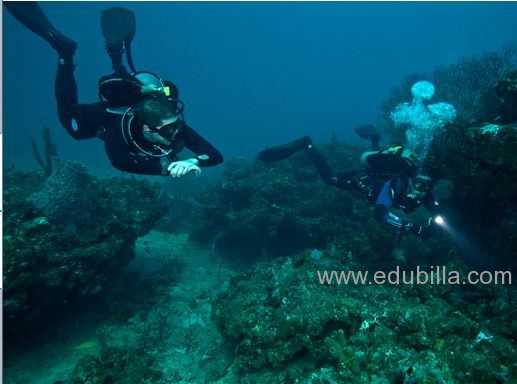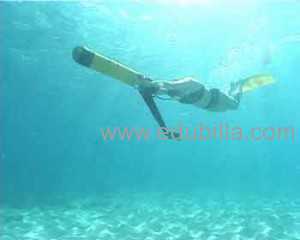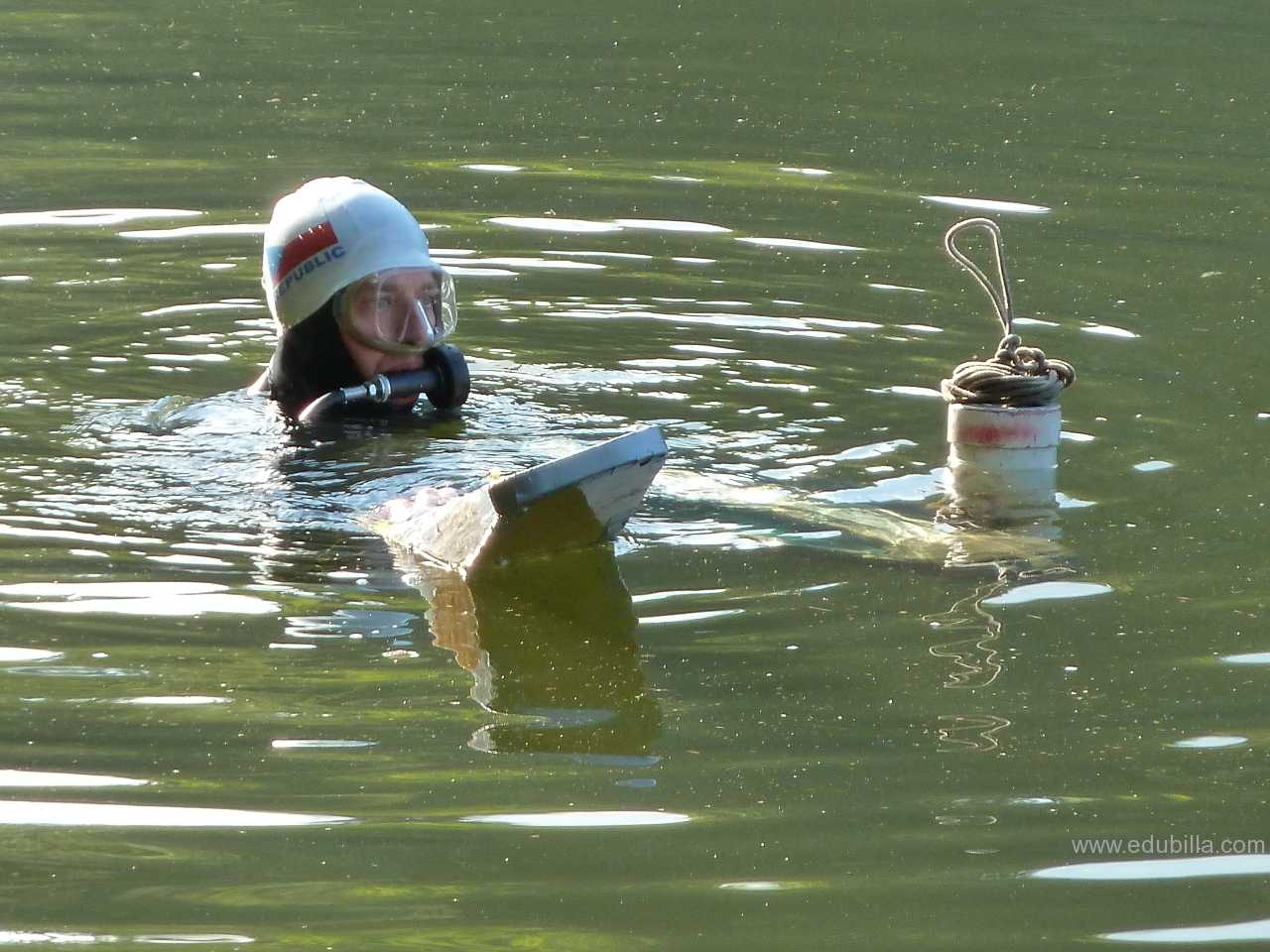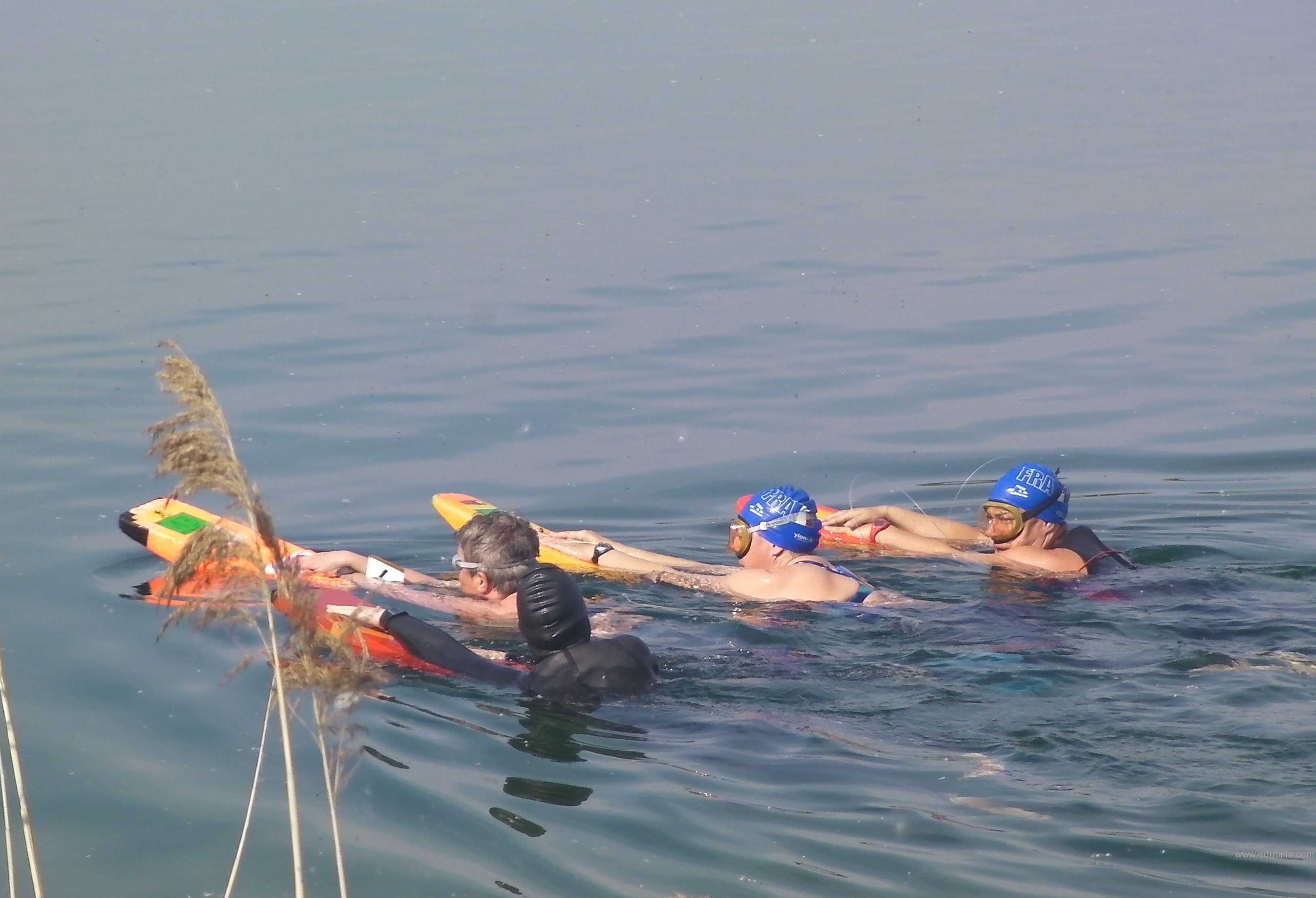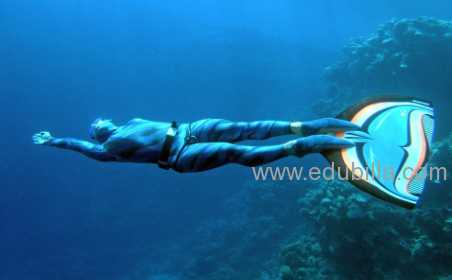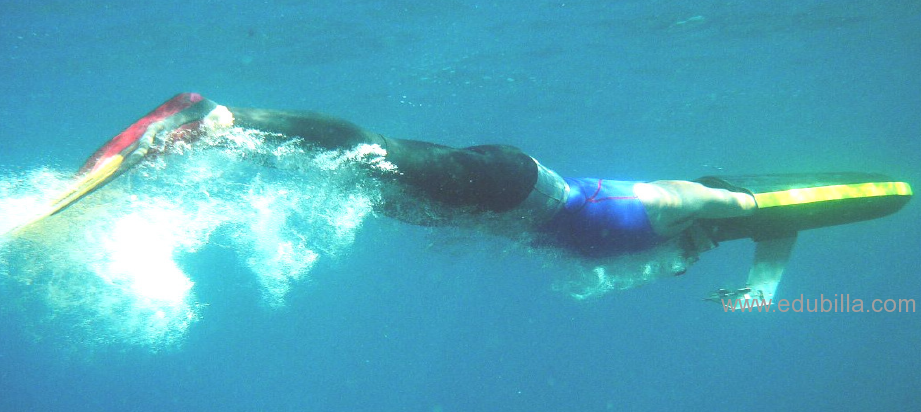
Overview Of Underwater orienteering
Underwater orienteering is an underwater sport that uses recreational open circuit scuba diving equipment and consists of a set of individual and team events conducted in both sheltered and open water that test the competitors competency in underwater navigation. The competition is principally concerned with the effectiveness of navigation technique used by competitors to swim an underwater course following a route marked on a map prepared by the competition organisers, a compass and a counter meter to measure the distance covered. The sport was developed in the Soviet Union during the late 1950s and is currently played mainly in Europe. It is known as Orientation Sub in French and as La Orientación Subacuática in Spanish. Historically, the sport has also been known as Technical Disciplines.
Events:
Individual events:
M-Course
5-Point Course
Star competition
Parallel Race
Team events:
Monk Competition
Relay orienteering event
Game Rules
Competition area:
The competition is usually held in natural water bodies such as freshwater lakes. Site selection criteria include a maximum current of 4 metres/minute, water depth no less than 3 metres, underwater visibility to be at least 1 metre (measured with a secchi disk) and water quality is to be in accordance with World Health Organisation requirements for bathing water. Competition sites are not permitted to be located in shipping lanes and areas intended for boating and swimming activity. The site when in use for competition is marked by buoys anchored 50m from the course.
Detailed Underwater orienteering Rules Can Be Downloaded From Documents
Equipments Need For Underwater orienteering
- Diving mask
- Fins
- Open circuit scuba set
- Compass
- Distance meter
- Safety buoy
History Of Underwater orienteering
Competitions in Underwater Orienteering take place in deep, open water bodies and over various distances, as prescribed in the competition rules. Competitors must, while remaining completely submerged without any contact with the water surface, reach specific points or pass specified points.Competitions in underwater orienteering are based on the principle that orienteering and searching tasks are performed under water with the aid of a compass and distance meter.
First European Championship:
The program at the first European Championship in 1967 consisted of two underwater swimming races over distances of 40 and 1000 metres, an M-course and a team competition for three competitors involving two swims of 1,150 metres and the completion of an underwater task at the end of the first swim.
First Rules:
The underwater swimming races were retained until 1969. The M Course was substantially revised in the proposed international rules tabled by the USSR at the CMAS General Assembly in 1969 with a change from precision to speed by the introduction of the points system.The 5 point course was introduced as an individual competition in 1968, followed by the Monk Competition during the 1970s and the Star competition in 1987.
CMAS:
The Orienteering Commission was established within the CMAS Sports Committee in January 1969 under the name of the Technical Discipline Commission (French: Commission Technique Subaquatique) with Valentin Stachevski of the USSR as its first president.
Origin Of Underwater orienteering
Underwater orienteering involves covering set underwater circuits and compass swimming. The diver is linked to the surface by a vuoy and uses underwater navigation and orienteering instruments.
First International Competition:
The creation of the sport is attributed to underwater divers in the USSR. The first international competition was held in Crimea during 1965 with participants attending from Austria, Bulgaria, Hungary, Italy and the USSR. Within Central Europe, the first competitions were held in Angera on Lake Maggiore in Italy during 1961 and at Wörthersee in Austria during 1962
Governing Bodies
World Underwater Federation:
Confédération Mondiale des Activités Subaquatiques (CMAS) is an international federation that represents underwater activities in underwater sport and underwater sciences, and oversees an international system of recreational snorkel and scuba diver training and recognition. It is also known by its English name, the World Underwater Federation, and its Spanish name, Confederacion Mundial De Actividades Subacuaticas. Its foundation in Monaco during January 1959 makes it one of the world's oldest underwater diving organisations.
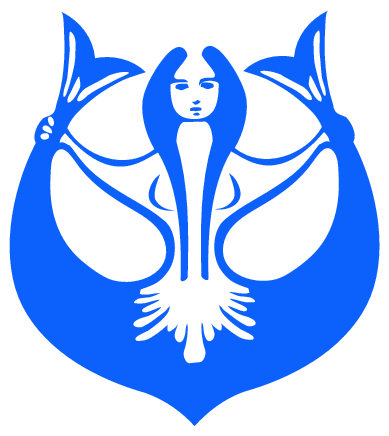
Origins:
An international congress of diving federations representing all underwater disciplines met in Brussels on 28 September 1958. National Delegates attended from following countries: Belgium, Brazil, France, Federal Republic of Germany, Greece, Italy, Monaco, Portugal, Switzerland, the United States of America and the former Yugoslavia. Following a decision at that congress, a meeting was held in Monaco on 9–11 January 1959, which officially established the World Underwater Federation, with an acronym based on its French title as CMAS.
A founding member and key proponent of CMAS was the French underwater explorer and diving pioneer Jacques-Yves Cousteau who was chosen to be the inaugural President with Luigi Ferraro, Italian underwater pioneer, appointed as Vice-President.
CMAS succeeded the Comité des Sports Sous-Marins (Underwater Sports Committee) of the Confédération Internationale de la Pêche Sportive (CIPS) (International Confederation of Sport Fishing), which was founded on 22 February 1952.
Commitees:
Sport Committee:
Everything about underwater sport life.
Technical Committee:
World class standards for all aspects of Scuba Diving.
Scientific Committee:
Marine biology, geology and underwater archeology.
To Visit Click Here.
Awards Related To Underwater orienteering
Australian Underwater Federation:
Perpetual Awards:
Nominations for Perpetual Awards other than the Beau Beere Trophy will close on the opening day of the Board Meeting. Nomination for a Perpetual Award other than Beau Beere Trophy can only be made by the State Branch in which the nominee is a Member or a Federal commission.
Beau Beere Award:
Awarded to the person considered by the Federal Board to have done the most for the advancement of underwater sports in Australia
Sportsman of the Year Award:
Any competitive underwater sportsman who is registered as a financial member of the Australian Underwater Federation is eligible for nomination.
In submitting and voting on nominations the following shall be carefully considered under the appropriate sub-headings.
Personal attitude to competitive underwater sports.
Conduct in relation to fellow competitors.
Participation in Club and minor competitions.
Participation in State and major competitions.
Assistance and encouragement rendered to others in improving their ability.
Contributions towards the betterment of the nominee’s Club.
Sample Documents Of Underwater orienteering
-Lance Armstrong

